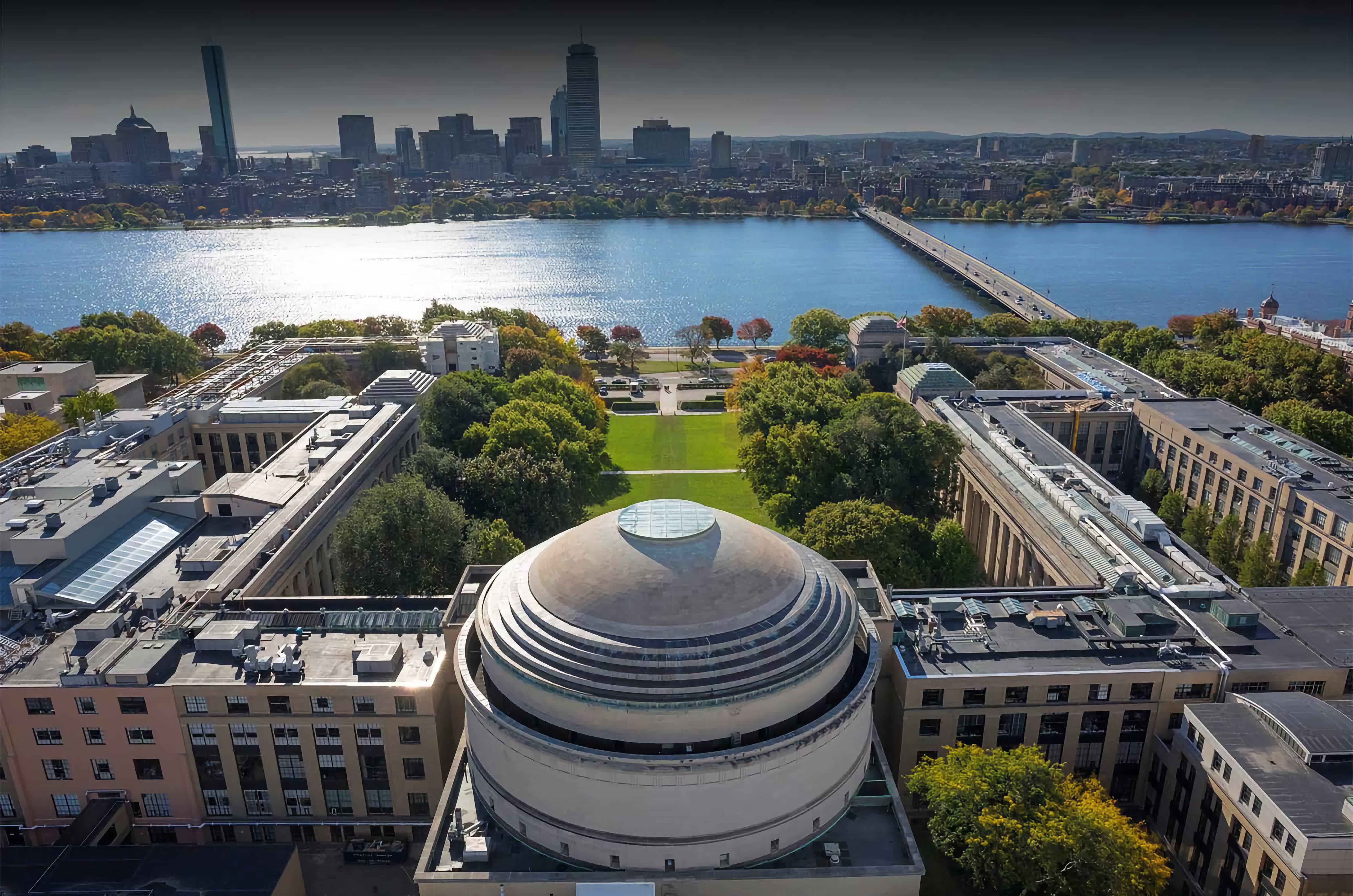What just happened? MIT has expanded its financial aid program to allow eligible undergraduate students from families with annual incomes below $200,000 to attend the university tuition-free, marking a substantial increase from the current $140,000 limit. This new threshold encompasses approximately 80 percent of American households.
For families with incomes under $100,000, the benefits of the changes are even more dramatic. These students can expect their parents to contribute nothing towards the full cost of their MIT education, which includes not only tuition but also housing, dining, fees, and allowances for books and personal expenses. The income threshold for full coverage of expenses was raised from $75,000.
For families with incomes between $100,000 and $200,000, MIT has implemented a sliding scale contribution system. Parents in this bracket can expect to pay anywhere from nothing at all up to a maximum of around $23,970, which is equivalent to this year's total cost for MIT housing, dining, fees, and allowances.
MIT's financial aid program has already had a significant impact on student finances. Last year, the median annual cost paid by an MIT undergraduate receiving financial aid was $12,938, allowing 87 percent of students in the Class of 2024 to graduate debt-free. Those who did borrow graduated with a median debt of $14,844.

The expanded financial aid program is being funded by MIT's endowment, with the school allocating $167.3 million in need-based financial aid for undergraduate students for the current academic year, representing a 70 percent increase from a decade ago.
MIT's new financial aid package comes as more students question the value of a college education – even from prestigious institutions – when weighed against the mounting student debt necessary to pay for it
The median earnings for Ivy League graduates 10 years after attendance range from $78,943 to $103,246. This compares favorably to the median earnings of graduates from non-Ivy League institutions, which is around $58,643 for early-career and $101,777 for mid-career.
MIT graduates report an average starting salary of $126,438, according to the institute's most recent survey.
Another factor to consider if you have the requisite grades and test scores: Despite high sticker prices, Ivy League schools often have lower net costs due to generous financial aid.
Several universities offer comparable financial aid initiatives to MIT's new program., though its $200,000 income threshold is among the highest. For example, University of Pennsylvania and Rice University offer full tuition coverage for families earning up to $200,000, with comprehensive financial aid packages covering tuition, fees, housing, and food for those under $75,000. Brandeis University, as another example, offers full tuition for families earning $75,000 or less, and half tuition for families earning $75,001 to $200,000.
In general, the average annual net cost for Ivy League students after financial aid is $23,234, compared to over $32,000 for other top-ranked non-Ivy League schools.
With student debt burdens soaring, calculating the ROI of a university degree can be a tough call. Generous financial aid packages can help enormously. Hopefully more schools will follow suit.
